Government Initiatives and Funding
Government initiatives and funding aimed at promoting renewable energy technologies are playing a pivotal role in the growth of the Piezoelectric Energy Harvesting System Market. Various governments are implementing policies and providing financial incentives to encourage the development and adoption of sustainable energy solutions. These initiatives often include grants, subsidies, and tax incentives for research and development in piezoelectric technologies. As a result, companies are more likely to invest in innovative piezoelectric energy harvesting systems, leading to advancements in efficiency and application versatility. Market analysis suggests that such government support is likely to accelerate the commercialization of piezoelectric systems, thereby enhancing their presence in the energy market and contributing to the overall growth of the Piezoelectric Energy Harvesting System Market.
Increased Awareness of Energy Efficiency
There is a growing awareness of energy efficiency among consumers and industries, which is driving the Piezoelectric Energy Harvesting System Market. As energy costs rise and environmental concerns become more pronounced, stakeholders are increasingly seeking solutions that minimize energy waste. Piezoelectric energy harvesting systems offer a viable option by converting mechanical energy into usable electrical energy, thus promoting energy efficiency. This trend is particularly evident in sectors such as manufacturing, transportation, and consumer electronics, where energy consumption is substantial. Market data indicates that industries are investing in energy-efficient technologies, with piezoelectric systems being recognized for their potential to reduce operational costs and carbon footprints. This heightened awareness is likely to sustain the momentum of the Piezoelectric Energy Harvesting System Market.
Integration with Internet of Things (IoT)
The integration of piezoelectric energy harvesting systems with Internet of Things (IoT) devices is a significant driver for the Piezoelectric Energy Harvesting System Market. As IoT technology continues to proliferate, the demand for self-sustaining power sources for connected devices is increasing. Piezoelectric systems can provide a continuous power supply for sensors and devices that monitor environmental conditions, health metrics, and industrial processes. This integration not only enhances the functionality of IoT devices but also reduces the need for battery replacements, which can be costly and environmentally harmful. The market for IoT applications is projected to grow exponentially, suggesting a corresponding increase in the adoption of piezoelectric energy harvesting solutions within this sector, thereby positively impacting the Piezoelectric Energy Harvesting System Market.
Rising Demand for Renewable Energy Sources
The Piezoelectric Energy Harvesting System Market is experiencing a notable increase in demand for renewable energy sources. As global energy consumption continues to rise, there is a pressing need for sustainable energy solutions that can reduce reliance on fossil fuels. Piezoelectric energy harvesting systems offer a unique advantage by harnessing energy from everyday activities, such as walking or vibrations from machinery. This capability aligns with the broader trend towards sustainability, as governments and organizations seek to implement greener technologies. Market data indicates that the renewable energy sector is expected to expand, with piezoelectric systems playing a crucial role in diversifying energy portfolios. This trend is likely to bolster the growth of the Piezoelectric Energy Harvesting System Market.
Technological Innovations in Piezoelectric Materials
The Piezoelectric Energy Harvesting System Market is witnessing a surge in technological innovations, particularly in the development of advanced piezoelectric materials. These materials, which convert mechanical energy into electrical energy, are becoming more efficient and cost-effective. Recent advancements have led to the creation of flexible and lightweight piezoelectric devices that can be integrated into various applications, from wearable electronics to smart infrastructure. The market for these materials is projected to grow significantly, with estimates suggesting a compound annual growth rate of over 15% in the coming years. This growth is driven by the increasing need for energy-efficient solutions in consumer electronics and industrial applications, thereby enhancing the overall appeal of the Piezoelectric Energy Harvesting System Market.


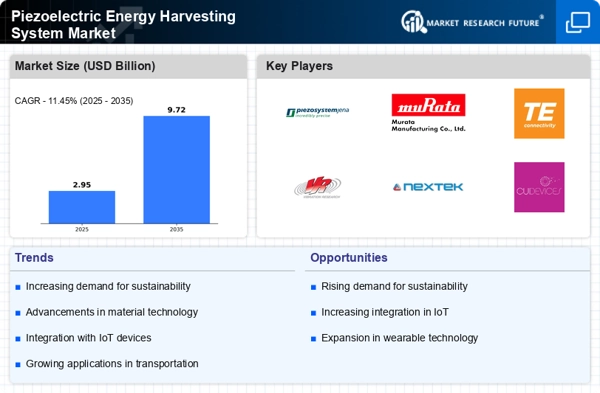
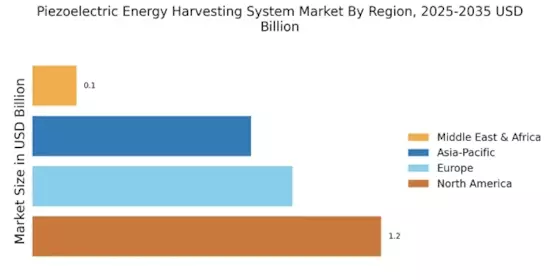

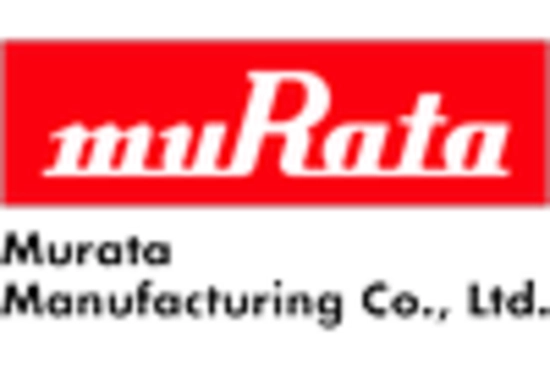
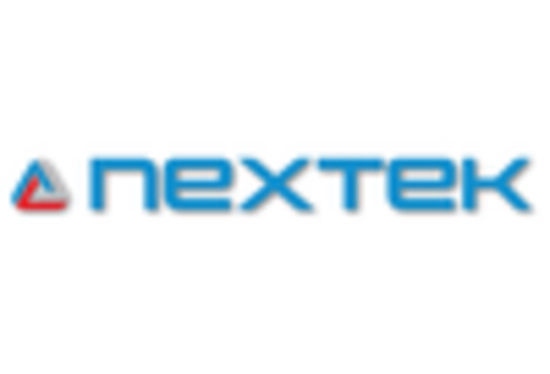
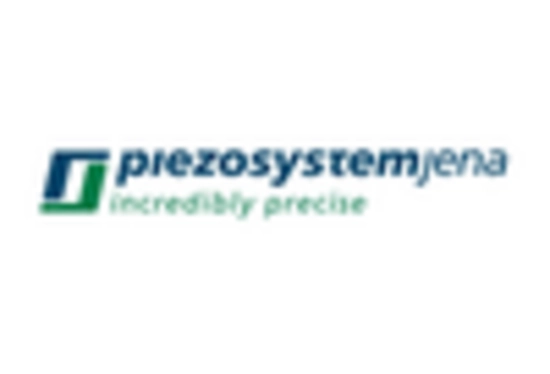
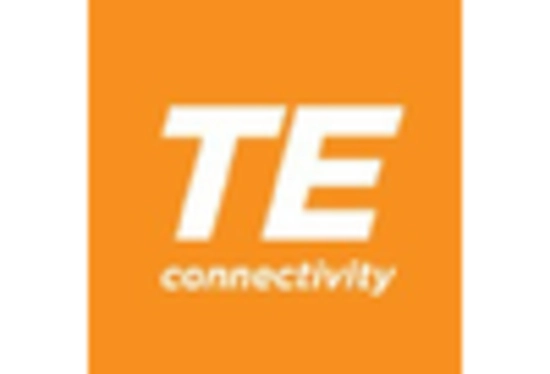
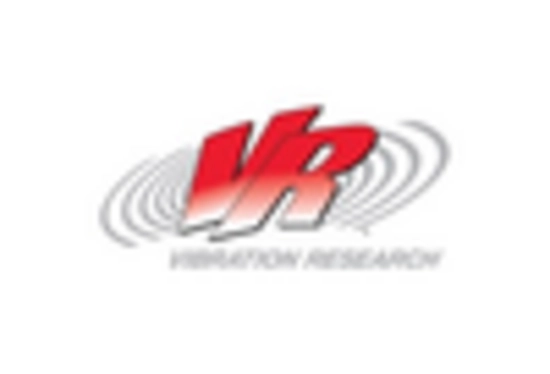








Leave a Comment